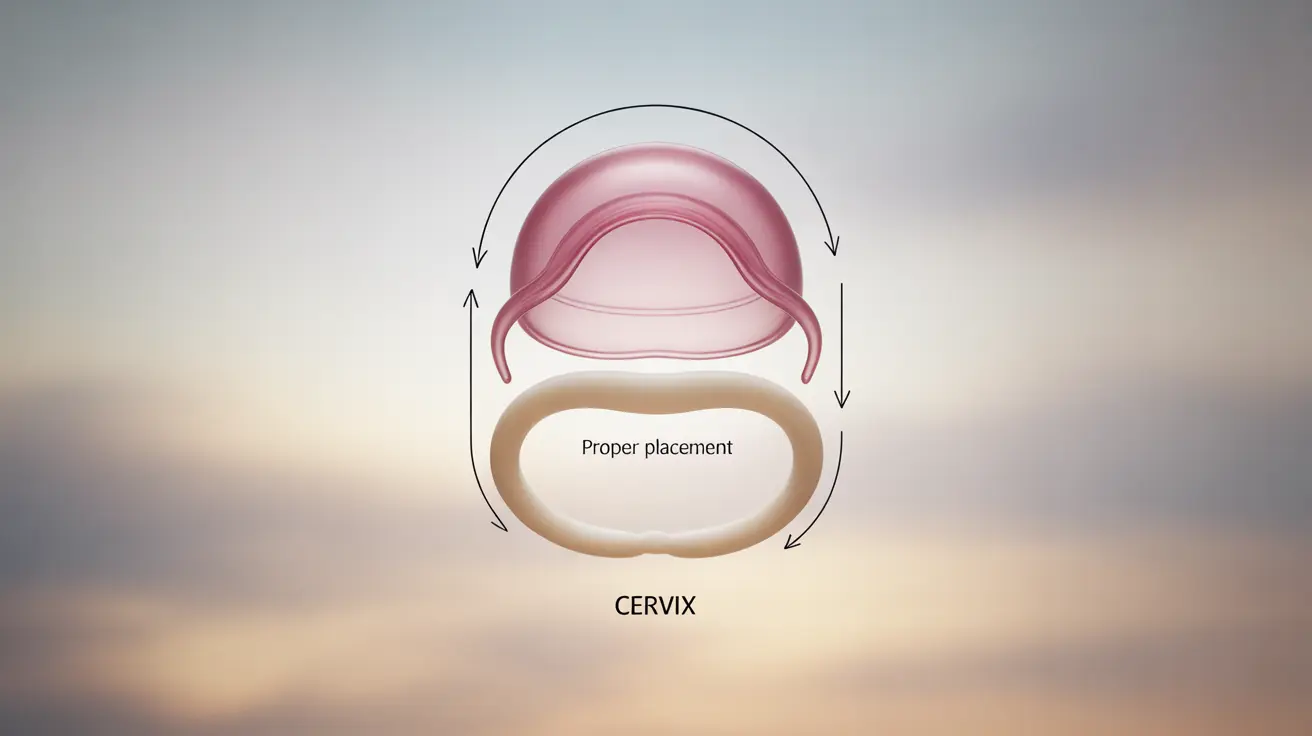When exploring barrier method contraceptives, understanding the differences between cervical caps and diaphragms can help you make an informed decision about your birth control options. Both devices are hormone-free alternatives that work by preventing sperm from reaching the egg, but they have distinct characteristics and effectiveness rates.
This comprehensive guide will explore the key differences, effectiveness, proper usage, and important considerations for both cervical caps and diaphragms to help you determine which option might be right for you.
Understanding Cervical Caps and Diaphragms
Cervical caps and diaphragms are both barrier methods of contraception made from soft silicone. While they serve the same primary purpose, they differ in size, shape, and exact placement within the body.
What is a Cervical Cap?
A cervical cap is a smaller device that fits snugly over the cervix, creating a seal that prevents sperm from entering. It's thimble-shaped and typically recommended for women who haven't given birth vaginally, as it may be less effective for those who have.
What is a Diaphragm?
A diaphragm is a shallow, dome-shaped device that's larger than a cervical cap. It covers both the cervix and part of the vaginal wall, creating a wider barrier against sperm. Its larger size makes it suitable for most women, regardless of childbirth history.
Effectiveness and Proper Use
Both devices must be used with spermicide to maximize their effectiveness. When used correctly and consistently, they can be reliable forms of contraception, though neither is as effective as some other birth control methods.
Cervical Cap Effectiveness
For women who have never given birth, cervical caps are about 86% effective with perfect use. This rate drops to about 71% with typical use. For women who have given birth vaginally, the effectiveness rates are notably lower.
Diaphragm Effectiveness
Diaphragms are approximately 94% effective with perfect use and about 88% effective with typical use. These rates are generally consistent regardless of childbirth history.
Duration of Use and Care Instructions
Both devices require careful maintenance and proper timing for insertion and removal. They should be cleaned thoroughly after each use and stored in a cool, dry place.
A cervical cap can be left in place for up to 48 hours, while a diaphragm should be removed within 24 hours of insertion. Additional spermicide is needed if multiple acts of intercourse occur within these timeframes.
Frequently Asked Questions
What are the main differences between a cervical cap and a diaphragm for birth control?
The main differences lie in their size, shape, and fit. Cervical caps are smaller and fit directly over the cervix, while diaphragms are larger and cover both the cervix and part of the vaginal wall. Cervical caps can be left in place longer (up to 48 hours) compared to diaphragms (24 hours).
How effective are cervical caps compared to diaphragms in preventing pregnancy?
Diaphragms tend to be more effective overall, with a 94% effectiveness rate with perfect use, compared to cervical caps at 86% effectiveness (for women who haven't given birth). Both devices are more effective when used consistently and correctly with spermicide.
How long can you safely keep a cervical cap or diaphragm inserted during use?
A cervical cap can safely remain in place for up to 48 hours, while a diaphragm should be removed within 24 hours of insertion. Both devices require additional spermicide for repeated intercourse within these timeframes.
Do cervical caps or diaphragms protect against sexually transmitted infections (STIs)?
Neither cervical caps nor diaphragms provide protection against STIs. They only work as contraceptive devices to prevent pregnancy. Additional barrier methods, such as condoms, are necessary for STI protection.
How is the fitting process different for a cervical cap versus a diaphragm?
Both devices require a fitting by a healthcare provider, but the process differs slightly. Cervical caps come in fewer sizes and require a more precise fit directly over the cervix. Diaphragms come in more size options and need to be fitted to cover both the cervix and vaginal wall properly.




